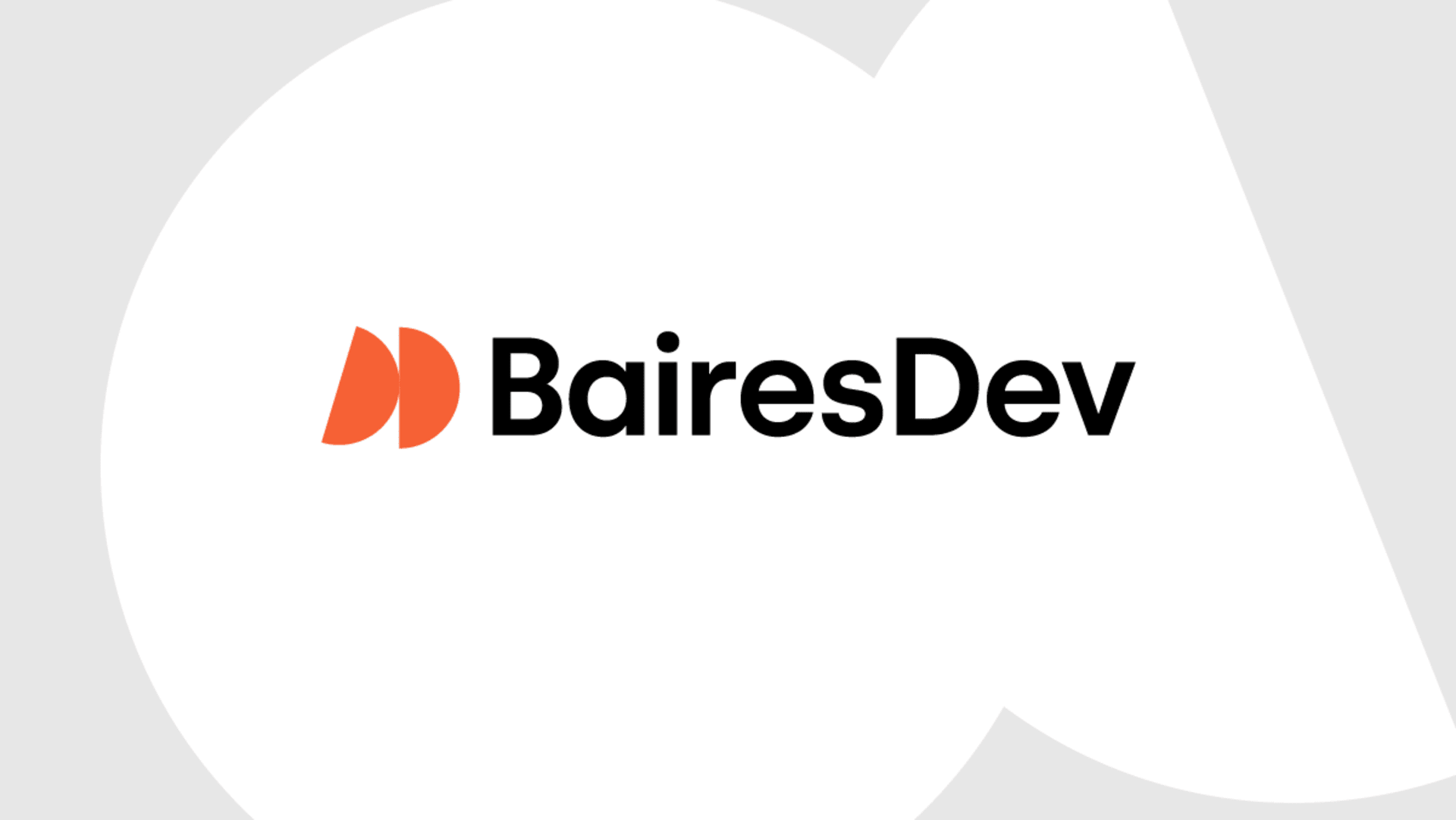Hey there, my fellow techies! Today I want to tackle a topic that’s been causing quite a stir in the tech world: decentralized storage. It’s everywhere — from blockchain startups to established cloud providers — and everyone is talking about it. But hang on a sec, is decentralized storage just another fancy way of describing what we already know as “the cloud”?
Well, let me tell you something, folks: it ain’t that simple. Decentralized storage might sound like a new buzzword, but trust me when I say it’s not your typical cloud technology.
Imagine if every time you wanted to store something online, whether it be documents or multimedia content, you didn’t have to worry about losing precious data due to some server outage or security breach at one centralized location.
Instead of having all your digital possessions stored at one central point (think a library), imagine they are scattered across various locations around the world, leveraging millions of computers that help secure them — kind of like burying treasures in different underground spots for safekeeping (less noticeable). That fundamental difference is what sets decentralized storage apart.
But don’t get too excited just yet — admittedly, without diving deeper into how both technologies work, many would still see similarities between “cloud storage” and “decentralized storage.”
Just think beyond Dropbox or Google Drive. Traditional cloud’s backend has its infrastructure with servers controlled by big companies, while decentralization avoids using any one company altogether; see where I’m going with this? Let’s keep exploring together!
Decentralized Storage: A New Paradigm in Data Storage
So what the heck is decentralized storage, you ask? Well, strap on your nerdy hats, because things are about to get technical.
Essentially, instead of relying on one central server (ahem, cloud) to hold all our files, decentralized storage breaks up and stores pieces of our data across multiple nodes or “hubs.” So imagine instead of having all your photos stored in one album on Facebook (RIP), they’re scattered across different photo-sharing platforms like Insta and Snapchat.
Now, I know what you’re thinking: Why would anyone want their data scattered like confetti at a parade? It seems inefficient and potentially risky. But hear me out! Decentralized storage comes with some seriously cool perks.
For starters, it’s much more secure than traditional forms of centralized storage. Because no single entity has control over all your files at once, a hacker would need to simultaneously attack every node storing pieces of your data to access it. And trust me, friends, that ain’t easy.
But perhaps my favorite benefit of decentralized storage is its potential for creating incentives through tokenization systems! Okay, sorry for getting too excited there, but this part is very interesting. In some decentralized networks (like Filecoin), users can earn tokens by contributing spare hard drive space toward hosting other people’s files. Talk about turning lemons into lemonade: suddenly those unused gigs on your old MacBook could pay off.
Decentralized storage might sound like just another buzzword from the Web 3 crowd, and as we saw with crypto and NFTs, some might recoil from the idea as another risky business. To be fair, I get it; we have already been burned one too many times by the lofty promises of emerging technologies, and decentralized solutions have drawn quite a bit of bad-faith actors.
I, for one, am feeling hopeful about Web3, specifically because the recent business crashes mean that the people who came for a quick buck are already looking someplace else (it seems like AI is next), so we can finally sit down and think about the possible implications of these technologies. I really think that decentralized storage it’s still in the early stages, but it’s truly a new paradigm in data storage. It offers security, resilience, and even financial incentives for its users.
The Cloud: Centralized Storage With Limitations
Now, I know what you’re thinking: “Oh great, another article trying to convince me that centralized storage is the way of the future.” But hear me out here, there are some limitations to this seemingly perfect solution.
Let’s start with the basics: What exactly is “the cloud”? In simple terms, it’s just a fancy way of saying centralized storage. You upload all your data onto remote servers and access it from anywhere with an internet connection. Sounds pretty sweet, right? And for many people and businesses, it is! It offers convenience and accessibility like never before.
But hold on there, partner. There are still some drawbacks. For starters, reliance on centralization means vulnerability to hacking attacks or crashes due to overloading. If one server goes down or gets infected by ransomware (which happens more often than we’d like), you can kiss your entire digital life goodbye.
“Wait!” someone may argue. “My data is safe because these companies use robust security measures.” Not so fast. Let’s use Dropbox as an example. In 2012 Dropbox suffered a massive data breach that exposed the passwords of over 68 million users. At that point the encryption doesn’t matter; as long as the hacker has your email and your password, your files are at risk.
Worse yet, I know that every single cybersecurity guide on the web recommends that you have different passwords for different accounts. But let’s be honest, most people don’t follow that advice, so for those who used the same password elsewhere, that account was also at risk.
In the end, they recovered, and everything went well, until 2021 when Dropbox unexpectedly reported that their GitHub repositories had been breached via phishing scams. In other words, a big part of their source code was now in the hands of unknown actors, and while that didn’t have direct repercussions to their users, it was still a hard lesson about how vulnerable we actually are to cyberattacks. So much for assuring safety, huh?
Another issue associated with relying too much on centralized storage comes when dealing with large-scale applications where speed matters, such as machine learning models. Gigabytes of big data can take minutes rather than seconds downloading from a distant server, time when my CPU would have been idle in most cases.
So, to conclude, while centralized storage has made our life easier and even revolutionized the way we conduct business these days, it’s not without its limits. It can be vulnerable to hacker attacks (even with very solid protections), crashes when overloaded, and additional lag risks become more prevalent. Therefore, I strongly believe that decentralized storage systems will play a crucial role in securing our privacy as well as multi-factor performance — not just another name for the cloud but the next best thing!
Decentralized Storage vs. the Cloud: Key Differences
Think of the cloud as a massive warehouse where everyone puts their stuff. It’s convenient because you know your data is safe and secure in one central location, but if someone wants to break in and steal all our collective belongings (aka hack into servers), well … that’d be a pretty big disaster.
Decentralized storage, on the other hand, is like having a network of personal storage units, each holding a bit of your fortune. You have full control over what goes in there and who has access to it. Nobody can come along and loot all of your goodies without busting through multiple different security measures first.
But just because something is more secure doesn’t always mean it’s better. Decentralization comes with its own set of challenges — mainly slower speeds due to data being spread out across various nodes instead of being centralized like in a cloud solution.
So when should you use which option? Well, folks, that ultimately depends on what kind of project you’re working on. For smaller-scale projects where speed isn’t super crucial but increased security is paramount (think financial or medical records), decentralized storage might be right up your alley. But if speedy file transfers are an absolute must-have for users (like with streaming services), then sticking with good old-fashioned cloud computing may be best.
Benefits of Decentralized Storage: Security, Privacy, and Accessibility
Okay, folks! Let’s talk about the benefits of decentralized storage. As a software developer myself, I’ve seen firsthand how centralized storage solutions can leave us vulnerable to cyberattacks. But don’t worry, that’s where decentralized storage comes in, like a knight in shining armor.
To reiterate, decentralized storage systems work by breaking up pieces of data and spreading them out across multiple nodes on a network instead of relying on one central server farm located in an unknown location somewhere else in the world — all without compromising privacy and performance! Data can still be accessed easily, but it’s not tied to any single point of failure and can’t be confiscated or stolen as easily, even by big corporations or governments. It’s like having multiple fortresses guarding your precious information instead of just one castle.
One major opportunity afforded by this type of system is that it would enable people to regain control over their data while making for more resilient systems overall, with better security protection from attacks like hacking and personally owned private clouds—a trend that has begun growing exponentially over recent years since global privacy concerns grew significantly after Edward Snowden blew the whistle back in 2013.
Privacy is another massive perk of this kind of setup. Everything stored on decentralized systems is encrypted right out of the gate, adding an extra layer of protection from Big Brother snooping around our bits and bytes. So feel free to store those top-secret cat pictures without fear.
And let me tell you something about accessibility: just like the cloud, your information is always available as long as you have a working internet connection, and since your information is distributed, even if a node goes down, you’ll still have access to your files. In other words, it’s extremely reliable.
Just think about the potential uses for businesses that deal with sensitive customer information or personal projects such as research papers — it’s a game-changer!
Challenges of Decentralized Storage: Scalability and Interoperability
First off, let’s address two big challenges facing decentralized storage: scalability and interoperability.
Think of scalability as how well your favorite pizza place can handle a rush during peak hours. If they only have one small oven and five customers walk in at once demanding pizzas pronto, then chaos will ensue. In other words, if the capacity isn’t there to meet the demand, things are bound to get ugly.
While a pizza joint will have to buy more ovens and expand the kitchen, software products have the benefit of being able to scale relatively quickly, especially if you have taken your products to cloud-based solutions.
The same goes for decentralized storage: as more people start using it (which is happening), there needs to be enough space on the network for everyone’s data without sacrificing speed or reliability. It’s tough because different types of data take up varying amounts of space; some files may need only kilobytes, while others require terabytes.
To put it simply, decentralized storage relies on people joining the network. If the storage demand outpaces the storage providers, then we might find ourselves hitting a hard ceiling. It hasn’t happened yet, but the possibility is there.
On top of all that fun comes interoperability — aka making sure all those different devices (smartphones, laptops, etc.) storing identical information speak the same language.
In the software development world these days we’re seeing so many new technologies pop up every couple of months. And with each new solution comes its own protocol and system architecture, making integration sometimes rather painful from both hardware and software perspectives. Ever had two puzzle pieces that looked identical at first glance, only to find they don’t fit together because one is flipped mirror-wise from the other? Talk about frustration. You can easily end up in this situation if system architectures are not designed, paying strict attention to compatibility issues.
You need many times more resources than traditional file servers due to replication laws implemented among peers, which make access slower for users who require quick responses, such as large enterprise clients requiring high-speed downloads. Also engineers today are faced with finding ways around obstacles that arise from the data replication requirements mandated by blockchain technologies.
When it comes to decentralized storage, there will always be some growing pains, but rest assured that tech companies big and small relying on this technology have heard users’ cries of agony regarding scalability and interoperability — and are working tirelessly behind the scenes developing solutions.
Real-World Examples of Decentralized Storage in Action
Listen up, because I’ve got some real-world examples of decentralized storage in action that will blow your mind.
First up, we have IPFS (InterPlanetary File System). This open-source network allows users to store and share files without relying on a central server. That means no more worrying about data breaches or downtime from centralized servers. Plus, with its built-in version control system, you can keep track of changes to your files and restore previous versions if needed.
Another example of decentralized storage in action is Storj. This platform uses blockchain technology to create a distributed cloud storage network where users can rent out their spare hard drive space for others to use. It’s like Airbnb for hard drives! And since the data is encrypted end-to-end, there’s no need to worry about security risks.
But wait, there’s more! Have you heard of Sia? It’s a decentralized cloud storage platform where users pay with cryptocurrency instead of traditional currency. Sia also boasts redundancy by storing multiple copies of each file on different nodes throughout the network.
And let me tell you something even more amazing: MaidSafe uses its blockchain-based token as an incentive for those who contribute their resources to their decentralized internet project.
So there you have it, folks: four real-world examples showcasing just how genius this whole concept of decentralized cloud computing is.
Conclusion: Decentralized Storage Is Not Just Another Name for the Cloud
Decentralized storage is not just another name for the cloud. It’s more like a wild stallion running free on the prairie, untethered by any centralized control or authority.
As a developer who has spent countless hours building systems on traditional cloud platforms, I can tell you that decentralized storage offers something truly unique and refreshing. When I first started exploring decentralized storage solutions like IPFS and Sia, I was skeptical. It seemed like just another hyped-up technology promising to revolutionize the industry but ultimately failing to deliver anything substantial.
But my doubts were quickly put to rest as I began using these tools in real-world applications. The speed and efficiency of accessing stored files on decentralized networks blew my mind! And with no need for third-party intermediaries slicing off hefty fees for their services, businesses can save valuable resources that would otherwise be wasted on legacy systems.
Decentralized storage may be new and uncharted territory for some developers, but sometimes taking risks is how we unlock breakthroughs in innovation! The future looks bright for this tech niche because decentralization has proven successful time over time; modern internet wouldn’t exist if every website had to run via centrally located servers.
So go ahead and hop onto this exciting “wild horse” trend! Whether it’s helping universities stay independent through fully self-hosting resources or retaining user privacy through encrypted file sharing, endless possibilities are waiting within your reach!







